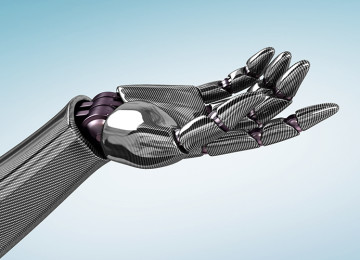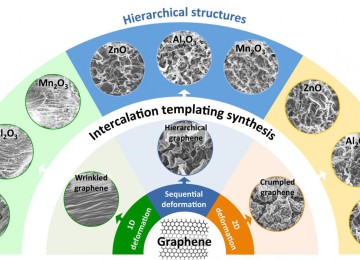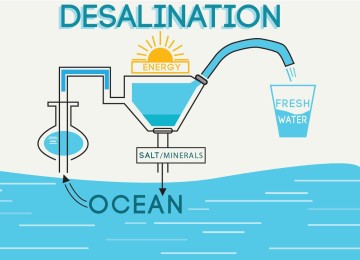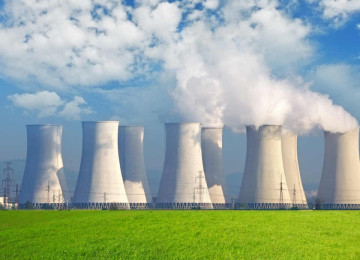Two German companies have collaboration to produce graphene flow batteries
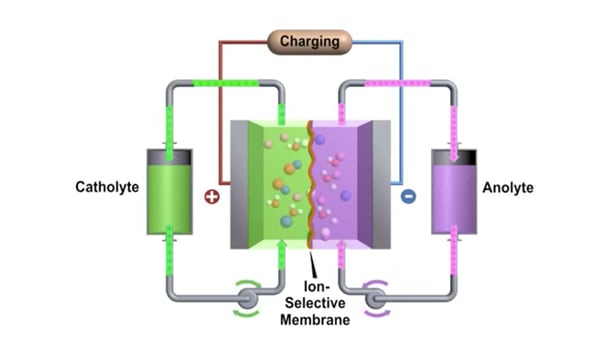
Two German companies have collaboration to produce graphene flow batteries
Talga (Germany company for advanced materials and resources) have a new agreement with JenaBatteries (a German-based technology company) under the Agreement, Talga will formulate and supply graphene for testing in components producing JenaBatteries patented polymer flow battery, a type of redox flows battery suitable for commercial scale and grid applications.
JenaBatteries patented polymer flow battery, a type of redox flows battery suitable for commercial scale and grid
applications.
Talga’s graphene will aim to reduce manufacturing costs and increase the performance and longevity of the flow battery components by utilising graphene’s renowned properties of conductivity, chemical inertness and
impermeability.
The collaboration provides a platform for Talga’s graphene to be introduced to the large stationary energy storage sector, using variants of its graphene already developed for mobile energy applications. Each company will contribute it’s own intellectual property and products to the collaboration and can share jointly in any new technologies resulting from the collaboration.
JenaBatteries is a German-based technology company that is commercialising it’s globally patented metal-free redox flow battery. By using a new class of energy storage polymers (‘plastics’) instead of vanadium and other metal ions, JenaBatteries aims to utilise the well established global production capacity of the plastics industry to produce
batteries in the mega watt/megawatt hour (MW/MWh) range.
Talga Managing Director Mark Thompson commented: “We are delighted to formally advance another industry partnership and commercialization opportunity. This Agreement supports our recently announced graphene products strategy and
highlights the growing applications for our graphene in the energy storage sector. JenaBatteries are an innovative company, who like us, are targeting the more industrial scale applications for our respective technologies. We very much look forward to sharing joint success with Olaf and his team”.
JenaBatteries Managing Director Olaf Conrad commented:
“Fuel cells share many parallels with flow batteries and thus we are very interested to see how
publicized graphene results in fuel cells can translate into an industrial scale setting with our redox
flow batteries. The components of our energy storage systems can potentially benefit from the
unique properties of materials like graphene with regard to longevity, performance, and cost and we
are excited to be collaborating with Talga on this joint program”.
Flow Batteries:
A flow battery, or redox flow battery, is a type of rechargeable battery where rechargeability is
provided by two chemical components dissolved in liquids and separated by a membrane. Energy is
stored in the liquid electrolyte in external tanks (rather than in the battery cell).
Flow batteries are technically similar to fuel cells and are targeted at large-scale energy storage
solutions from homes (kW/kWh range) to the MW/MWh range for industrial sites or grid service
installations.
Grid connected energy storage is seen as a multi-hundred billion dollar market opportunity by groups
such as Goldman Sachs2. They estimate that some types of redox flow batteries obtain a 50% lower
leveled cost of storage than lithium-ion batteries1 (Fig 1). According to Navigant Research3, flow
batteries are expected to make up almost 20% of global energy storage markets by 2025.
The global market for energy storage is being driven by larger installations of renewable energy
sources such as the wind and solar. China alone is targeting 250GW of wind and 150-200GW of solar by
2020 with energy storage now included in the 13th Five-Year Plan 2016-20204.
Flow batteries have economics and performance that suit these applications, including but not limited.











